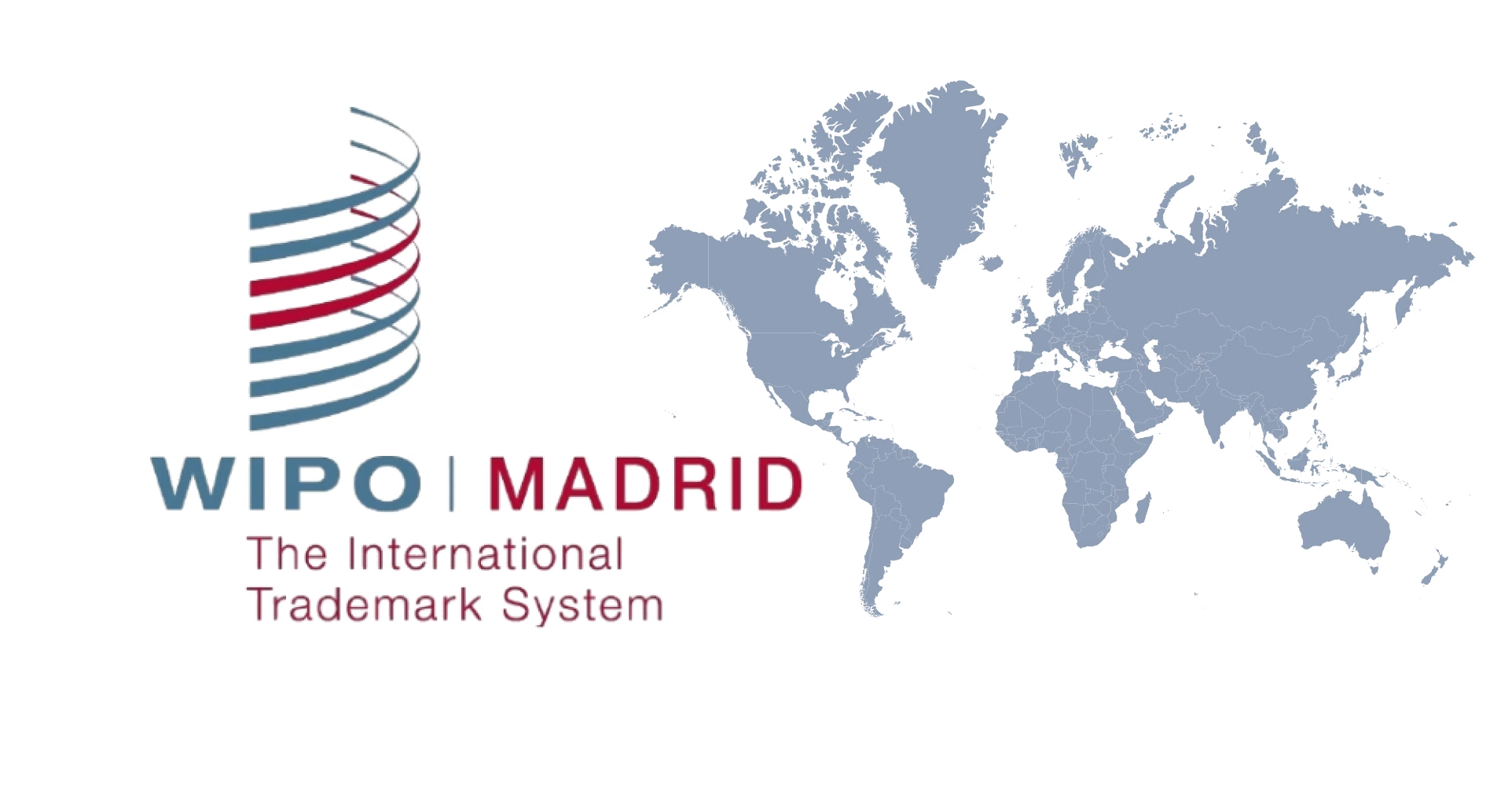
Recap
In our last trademark series, we took you through the modalities of regional trademark registration in Africa, covering various registration regimes such as the ARIPO and the OAPI. In this episode, we discuss the international registration framework, focusing on the Madrid system.
Introduction
The Madrid System for the International Registration of Marks is governed by the Madrid Agreement of 1891 and the Madrid Protocol of 1989. Administered by the World Intellectual Property Organization (WIPO), the Madrid System allows trademark owners to file a single application to seek protection in multiple countries that are members of the Madrid Agreement or the Madrid Protocol.
For businesses seeking to protect their trademarks on a global scale, the Madrid System offers an efficient solution. This system is particularly beneficial for businesses looking to expand internationally, as it provides a cost-effective and straightforward way to secure trademark rights in over 130 countries worldwide. Through these systems, businesses can ensure their trademarks are protected in Kenya, across Africa, and globally, enhancing their brand’s presence and safeguarding their intellectual property in key markets.
Benefits of registration of trademark under the Madrid system
Registering your trademark allows you to enjoy the following benefits:
- The system provides a streamlined filing system through which Applicants can file one international application.
- Payment of a single set of fees grants trademark protection in all Madrid Member States.
- Saves time and cost by eliminating the need for filing an application for trademark registration in multiple jurisdictions.
- Applicants can make the application through only one of their preferred WIPO recognised languages: English, French, etc.
- Trademark owners can manage their international registrations centrally, including renewals and changes, through the WIPO’s e-Madrid service.
IMPORTANT NOTE
For African businesses or global companies targeting multiple African markets, the Madrid System offers an efficient route to securing trademark protection across its member jurisdictions. However, for comprehensive protection across Africa, separate filings in non-Madrid member countries such as Nigeria, South Africa, Ethiopia, etc., will be necessary. This can be done through the regional filing system or national filing system, all of which were broken down in our previous trademark series. You can find the last series here.
Eligibility for making a trademark application through the Madrid system
To be eligible to make a trademark registration through the Madrid system, you must:
- Have registered the trademark or made an application for trademark registration at a national level in at least one Madrid Member country;
- Be a national of a Madrid member country, or;
- Be a resident in a Madrid Member country, or;
- You must be conducting business in a Madrid member country.
Conclusion
The Madrid System remains a cornerstone of international trademark protection, providing businesses with a simplified, harmonized, and cost-effective mechanism to secure their brand identity across multiple jurisdictions.
As African enterprises increasingly look outward to global markets, leveraging the Madrid System can play a pivotal role in enhancing brand recognition, protecting intellectual property, and driving international growth.
